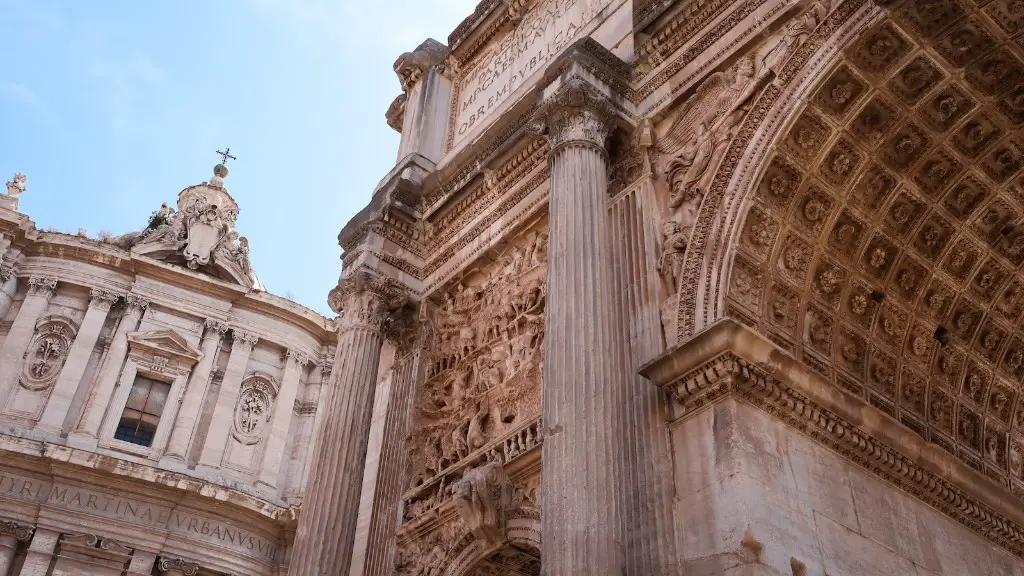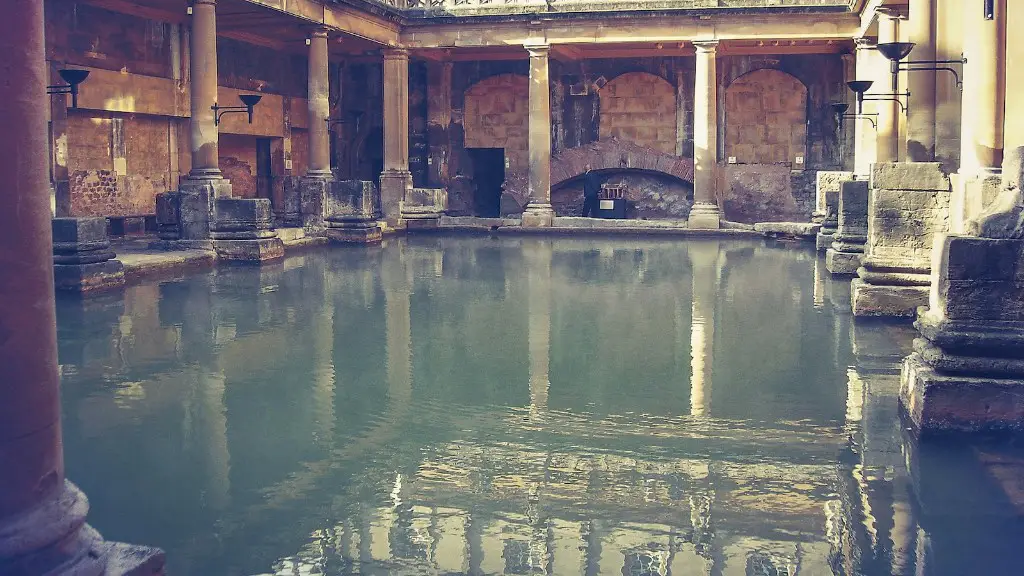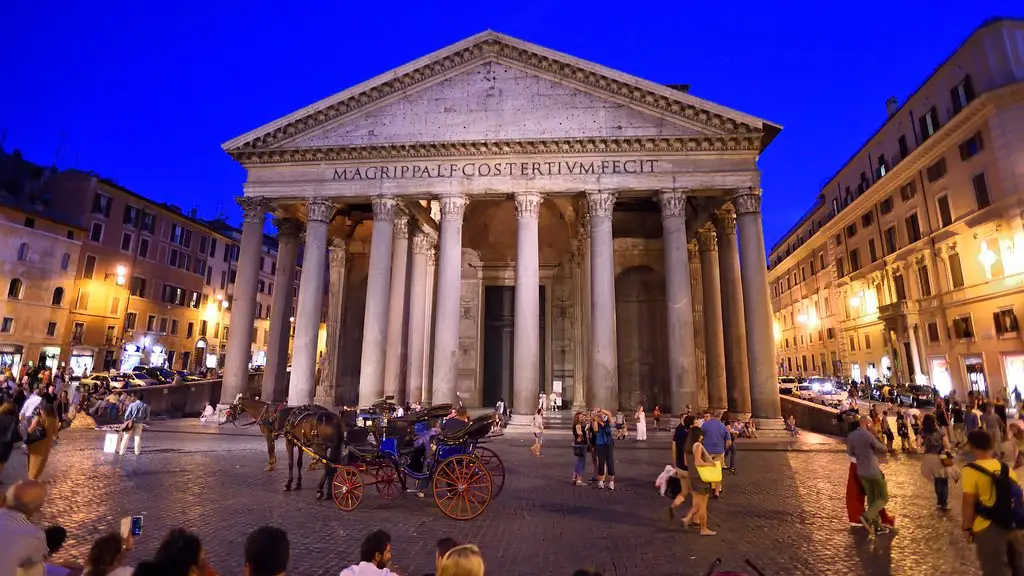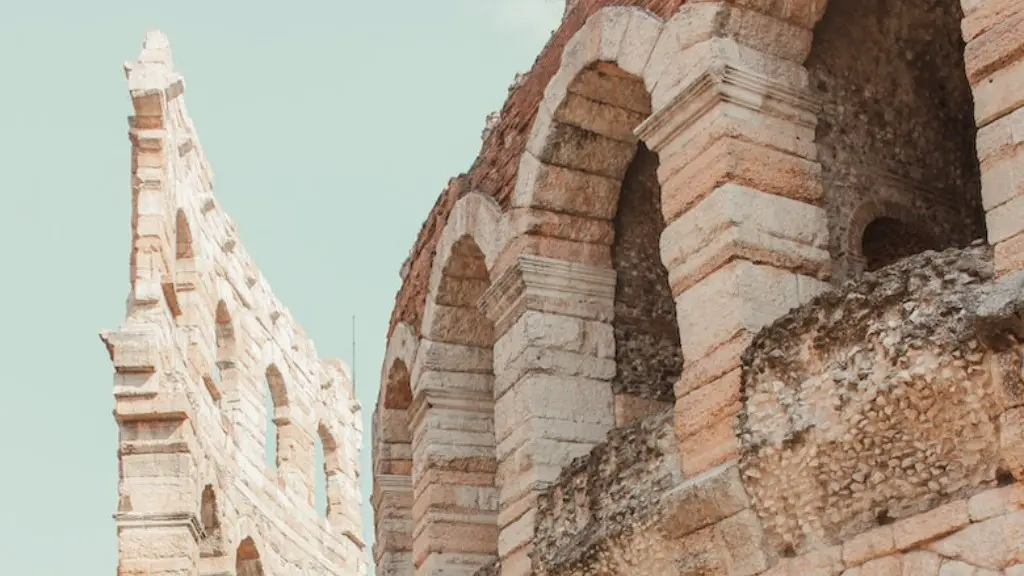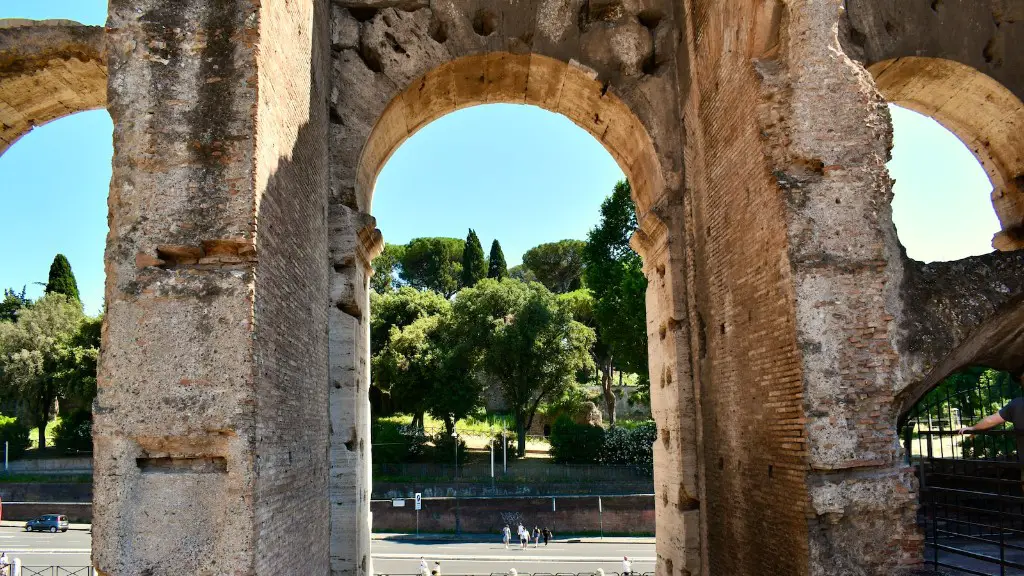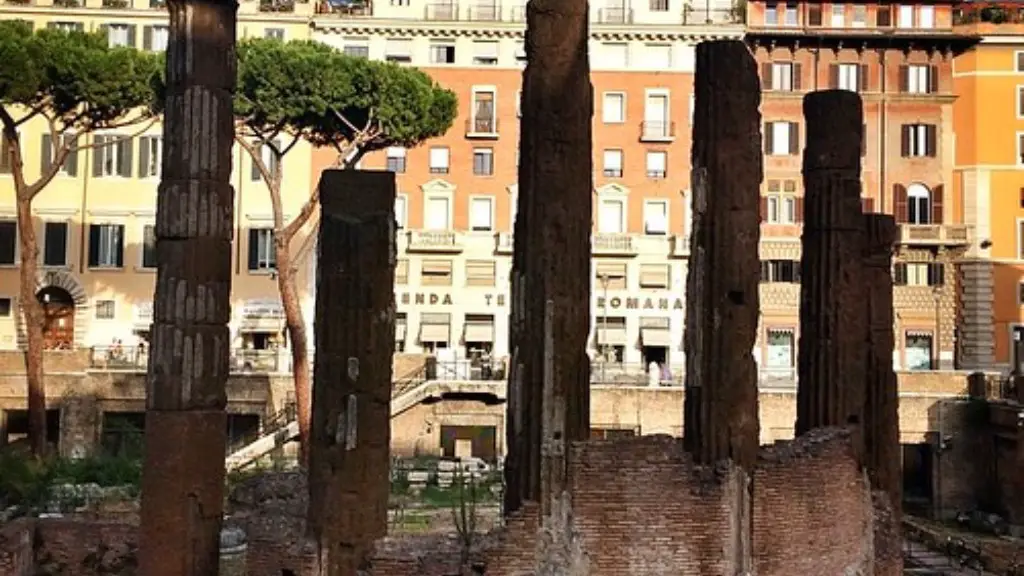Ancient Rome is one of the most well-known and influential societies of all time. The society’s impact on the Western world is still felt today in many different ways. From art and architecture to politics and law, the influence of Ancient Rome can be seen throughout the Western world.
The Roman Republic was influential in Western society primarily due to the establishment of law and order. The Republic was known for its fair and just legal system, which was a significant contrast to the lawlessness that had previously prevailed in many parts of the world. The Republic’s system of government was also influential, as it established a model of elected officials representing the people. This model of government would later be adopted by many other societies in the West. Finally, the Republic’s culture and art were significant in shaping Western civilization. The Republic’s art is characterized by its realism and its focus on the human form. This style of art would have a lasting influence on Western art.
What did the Romans contribute to Western culture?
The Romans were excellent architects and engineers and are famous for their highways, aqueducts, bridges, and tunnels. They built public and private buildings for all sorts of purposes.
The Roman Republic was one of the most influential political entities in history and it’s no surprise that many features of the US Constitution were inspired by it. The system of checks and balances, the bicameral legislature, term limits and age requirements are all features that were borrowed from Rome. In some cases, the Founders even borrowed specific terms from the Roman constitution, like “senate,” “capitol” and “committee.”
How did Rome affect the western world and our lives today
The Roman influence in modern buildings can be seen in terms of design and material. Roman buildings were constructed with certain design elements in mind, such as symmetry, balance, and proportion. Additionally, Roman buildings were constructed with certain materials, such as stone, brick, and concrete. Today, many modern buildings are modeled after Roman originals, incorporating both design and material elements.
The fall of the Roman empire led to a period of instability and chaos in Europe. However, it also freed Europe from the rule of a single power. Imperial monopolies provided peace and stability, but by seeking to preserve the status quo also tended to stifle experimentation and dissent.
What influenced Western civilization?
The Renaissance was a period of great cultural and artistic achievement in Europe. The Ages of Discovery and Enlightenment were times of great scientific and technological progress. The Industrial and Scientific Revolutions were periods of great economic and social change. All of these periods have had a profound impact on Western culture.
The legacy of Ancient Rome is one that is still felt today in many different areas of western culture. One of the most notable areas where the legacy of Rome is still evident is in government. Many modern-day governments are modeled after the Roman Republic, which was a government that was extremely successful in its time. Additionally, the legal system in many western countries is based on the Roman system of law. Another area where the legacy of Rome can still be seen is in language. The Latin language that was spoken in Ancient Rome is the basis for many modern-day languages, such as Italian, French, and Spanish. Additionally, the architecture and engineering of Ancient Rome have also left their mark on modern society. The Colosseum and the aqueducts are just two examples of the many Roman structures that have been copied and adapted over the years. Finally, the religion of Ancient Rome, Christianity, is still the dominant religion in many western countries.
What 3 ideas did America get from Rome?
The Roman Republic was founded in 509 BC, and had a complex system of government. The executive branch was made up of two consuls, elected by Roman landowners for one year terms. The legislative branch consisted of the Roman Senate, and the judicial branch was made up of the Roman courts. This system of government was directly adapted by the Founding Fathers when they created the three branches of government in the United States.
There is no doubt that the Roman’s were superb architects and engineers and many of their structures and buildings are still standing today – a testimony to their skill and craftsmanship. From military structures such as forts and walls (including the spectacular Hadrian’s Wall) to engineering feats such as baths and aqueducts, the most obvious impact of the Romans that can still be seen today is their buildings.
It is estimated that in Rome alone there are over 1,000 ancient Roman buildings still standing, a remarkable achievement considering many of them are over 2,000 years old. Many of these buildings have been adapted and are still in use today – the Colosseum is now a popular tourist attraction, for example.
So, next time you’re admiring a building or structure, stop and think – it might just be a Roman original!
What are the four main contributions of Rome to Western civilization
The Romans were a major force in shaping Western civilization. Some of their most significant contributions include the Roman alphabet, the division of the year into twelve months (our calendar), the success of the Christian church, the basis of a democratic republic, and a codified legal system. These things have had a profound and lasting impact on the development of our world.
The Romans were the main force in spreading many aspects of what is known Today as the “Western Culture” This includes: Western values, government and law concepts (see further below) Civil engineering and infrastructure. The Roman Empire was the preeminent power in the Western world for centuries, and its impact on Western culture was profound. Through its vast empire, the Romans exported many aspects of their culture to the far corners of the world. Western culture as we know it would not exist without the influence of the Romans.
What impact did the Roman Empire have on Western Europe?
The Roman Empire was able to keep peace and safety in most of Western Europe from the barbaric tribes from the north. As the power of Rome started to decline, there were more invasions from the Germanic tribes deeper in the Roman territory.
After the fall of Rome, Europe entered the Middle Ages, a period of significant political and social change. As a result of the invasions, and a weak central government, a new social and political system known as feudalism developed. Strong local lords formed a strict code of behavior and allegiances which became the foundation of feudal life. Over time, the code of conduct became increasingly formalized and institutionalized, creating a complex network of relationships between lords and vassals.
What happened to the western part of Rome
The Western Roman Empire collapsed in 476, and the Western imperial court in Ravenna was formally dissolved by Justinian in 554. The Eastern imperial court survived until 1453. The Eastern Roman Empire continued until the fall of Constantinople in 1453. The Eastern Roman Empire was the continuation of the Roman Empire in the East after the collapse of the Western Roman Empire in 476.
1. barbarian invasions: the Visigoths, Vandals, and Ostrogoths invaded in the 5th century, and the Lombards in the 6th century
2. economic troubles: overreliance on slave labor, overexpansion, and military overspending led to economic decline
3. the rise of the Eastern Empire: Constantinople became a major power in the 5th century, leading to the decline of Rome
4. government corruption: political instability and government corruption led to the fall of the Roman Empire
5. the arrival of the Huns: the Huns invaded in the 5th century, leading to the migration of the Barbarian tribes
6. Christianization: Christianity became the official religion of the Roman Empire in the 4th century, leading to religious division
What is the biggest influence of Western culture?
The caste system in India is a millennia-old social structure that has been the center of much controversy and debate. The system divides people into different social groups based on their occupation, economic status, and social status.
In recent years, the caste system has come under scrutiny from the Indian government and international organizations. There has been a push to abolish the system and promote equality among all people in India.
The introduction of new institutions such as the press and Christian missionaries has also played a role in the changing social landscape of India. These organizations have brought new values and ideas to the country, which have challenged the traditional caste system.
Modern values such as humanism, egalitarianism, and secularism have also gained a foothold in India. These values promote the idea of every person being equal, regardless of their social status.
The caste system is still a powerful force in India, but it is slowly losing its hold on society. The future of the system is uncertain, but it is clear that it is undergoing a major transformation.
The Romans were a bridge between the older cultures and the western civilization. The Roman greatness was marked by their willingness to receive other peoples ideas for their own purposes. Their architecture, technology, city planning, art and military planning are all as a result of other peoples influences.
Which ancient civilization has most influenced Western civilization
The classical Greek culture had a powerful influence on the Roman Empire and carry a version of it to many parts of the Mediterranean region and Europe. Because of this, classical Greece is generally considered to be the seminal culture which provided the foundation of Western civilization.
These are all considered great contributions to Western history. However, they are not the only ones. Other great periods and cultures have also contributed to the development of the West, such as the Renaissance, the Enlightenment, and the Industrial Revolution.
Conclusion
Ancient Rome has left a lasting impression on the world in a number of ways. Its art, literature, and monuments have had a profound impact on Western society. Ancient Rome was also responsible for introducing many key concepts that are still central to Western politics, such as the idea of a republic. Additionally, Ancient Rome played a significant role in the development of law, democracy, and governance.
Ancient Rome was a major influence on western society. The Roman Republic and Empire were major political and social forces in the western world. The Roman way of life, including language, law, architecture, and religion, had a lasting impact on the development of western civilisation.
